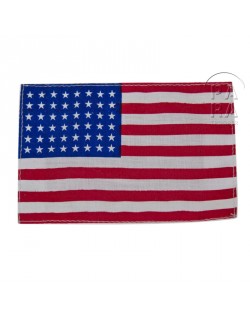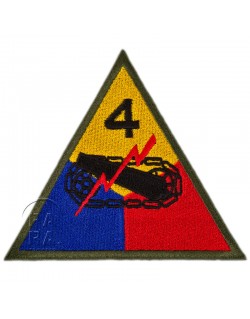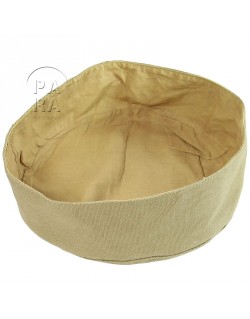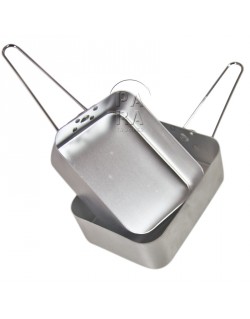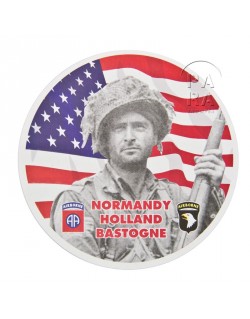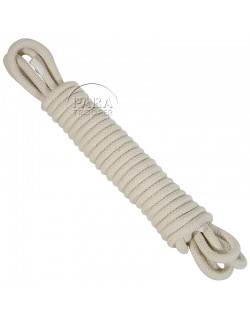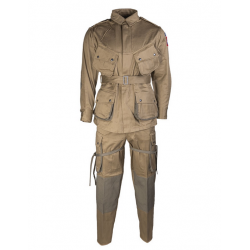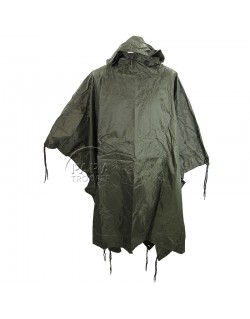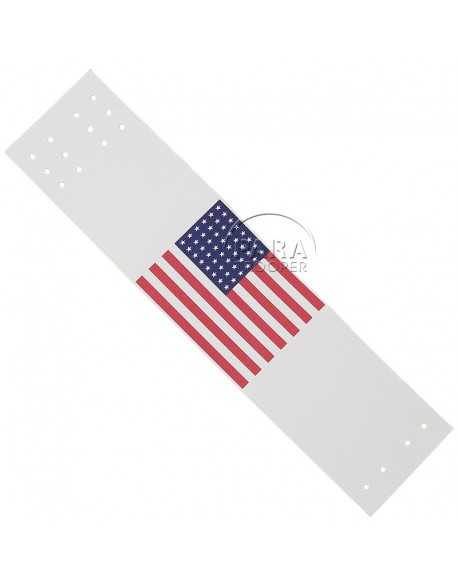




Armband (brassard) identification flag, invasion, US, 48 stars
Reproduction of the armband identification flag of 48 stars to be worn on the sleeve of invasion troops and paratroops in various assault operations. Issued to infantry and airborne troops and glider pilots in Normandy, Provence, Holland...
The purpose of this armband was to identify the nationality of the wearer to the locals of the country being invaded. These oilcloth armbands had been around for a year or two before the 101st used them. U.S. amphibious forces had already worn arm brassards in 1942, in Operation Torch-the landings in North Africa. Brassards like those shown above were worn by everybody in the 101st Airborne during the Market-Garden operation, photographic evidence indicates that they were also worn by Glider pilots in Normandy. They were also generally worn by infantry and airborne troops during the Southern France landings of August 44 in Provence.
Made in France.




